A Comprehensive Guide to Graph Theory
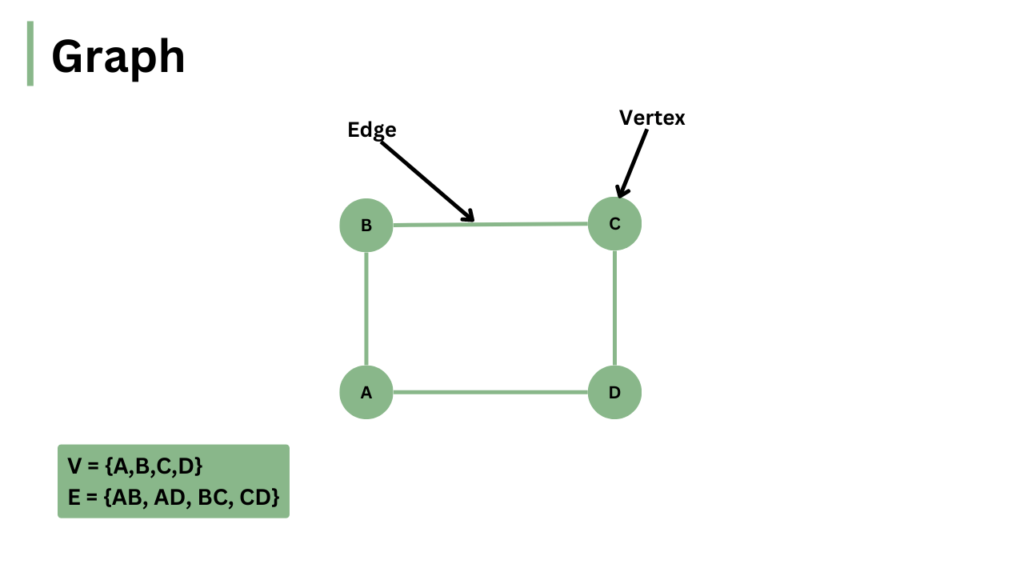
Whether you’re a mathematician, computer scientist, or just someone interested in understanding complex systems, graph theory offers a rich and rewarding area of study. In this article, we’ll cover all the terms you need to know to understand complex graphs and systems.
What is Graph?
In mathematics and computer science, a graph is a way to represent networks of things such as transportation systems or computer networks. A graph can be informally defined as a collection of points (called vertices) and edges that connect them, representing a network. Formally, a graph G can be denoted as G = (V,E), where V is the set of vertices or nodes and E is the set of edges or lines of the graph.
Graph Terms:
Weighted Graph
A type of graph in which a numerical weight (or cost) is assigned to each edge. These weights can represent distance, cost, or any other attribute associated with the edges.
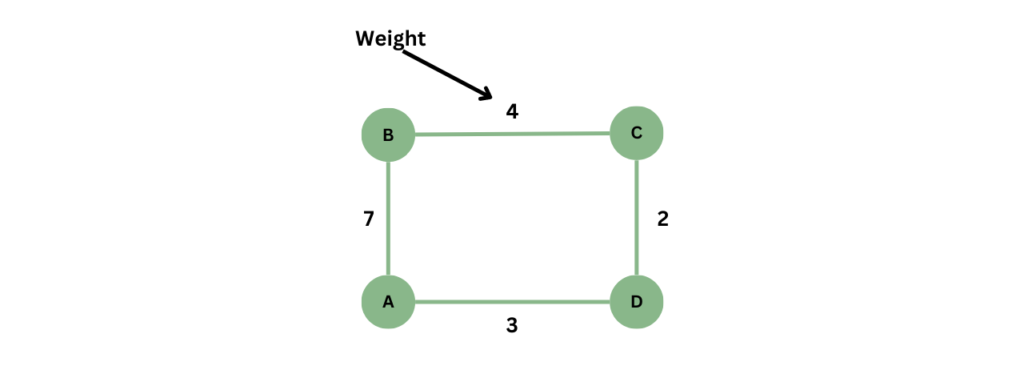
Directed Graph
A graph in which the edges have a direction, meaning they point from one vertex to another. Also called a digraph.
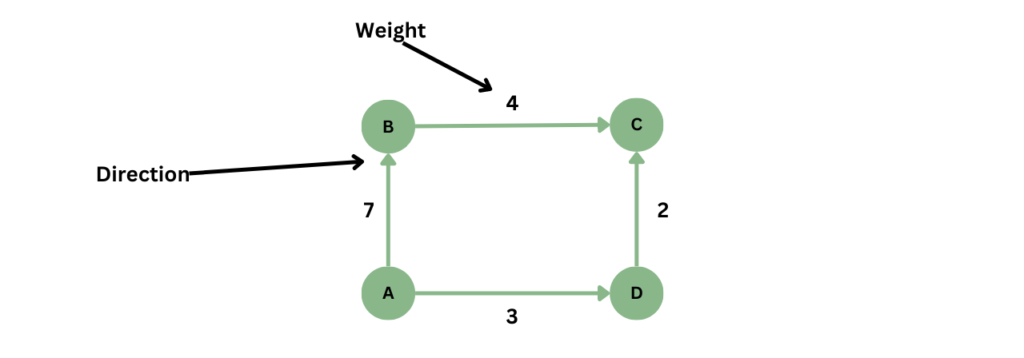
Simple Graph
A graph in which there is at most one edge between any two vertices and no self-loops. A Simple graph doesn’t have weight or directions.

Pseudograph
A graph that allows self-loops and multiple edges between the same two vertices.

Multigraph
A graph that allows multiple edges between the same two vertices, but no self-loops.

Traversable Graph
A graph in which it is possible to traverse from any vertex to any other vertex using the edges of the graph. An easy explanation would be if you can trace by traversing each edge of the graph exactly once, without retracing the same path again.

Adjacent Vertex
Two vertices in a graph are adjacent if there is an edge between them.

Adjacent Edge
Two edges in a graph are adjacent if they share a common vertex.

Degree of Vertex
The degree of a vertex is the number of edges that are incident to it, i.e., the number of edges that are connected to that vertex.
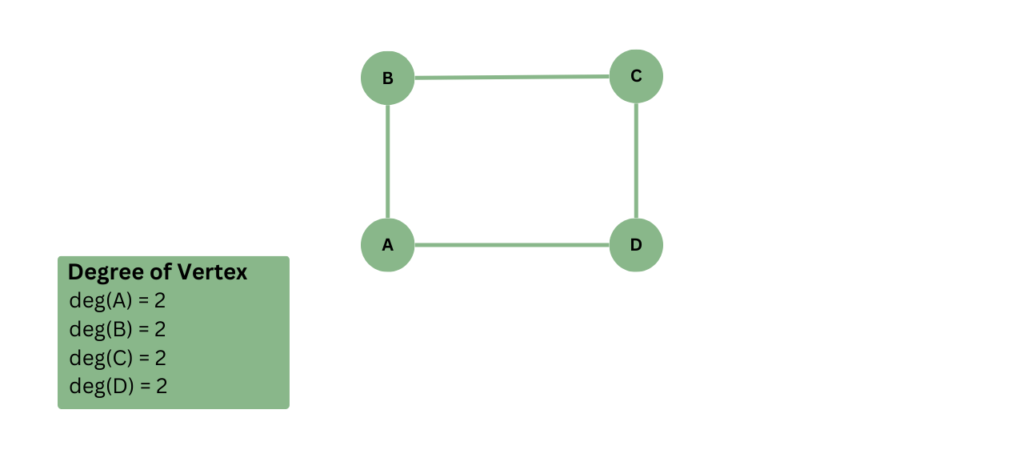
Degree of Vertex for Directed Graph
For directed graphs, there are two types of degree. The indegree of a vertex is the number of edges pointing into that vertex, while the outdegree of a vertex is the number of edges pointing out from that vertex.
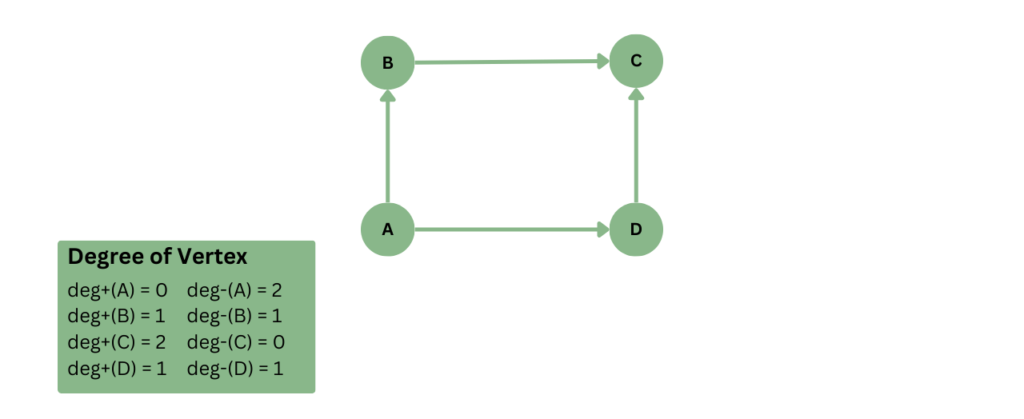
Conclusion
In conclusion, graphs are important in the world of Computer Science or Mathematics that can help you visually represent the complex information. Understanding these terms discussed above can help you gain a deeper understanding of the structure of complex systems and networks. We hope this comprehensive guide has been helpful in your understanding of this fascinating guide.
